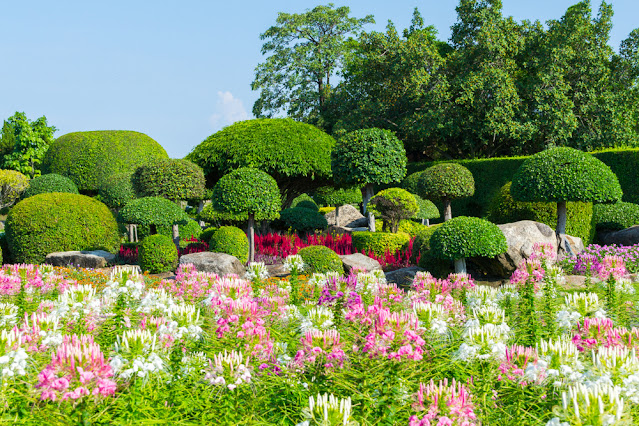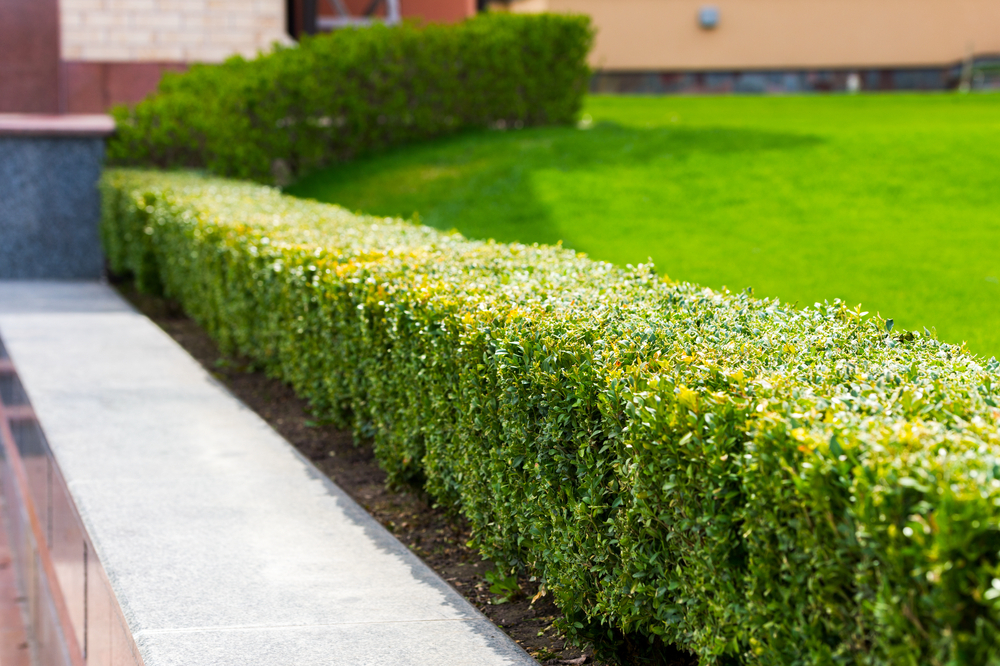Osmanthus Burkwoodii for Sale UK

Osmanthus burkwoodii in pot, If you see this plant growing among the bushes or even on uneven concrete, don’t be alarmed the spadice is a very peaceful tropical plant that requires very little care. The evergreen glossy glossy-green foliage is accompanied by showy fragrant pink or purple young cones. It loves full sun and partial shade and in which case it will continue its interesting show during winter. being hardy in Britain and Ireland, it is probably the best evergreen shrub but may do well in colder climates as far south as Devon. Senecio laevis or Laevis senecio is a member of the same family as the spadice, however it has almost no scent and grows a lot less slowly then its more famous relative. Osmanthus Viesbeckii or Viesbeckia or Viesbeckia arboricola is a vigorous gentle loving evergreen shrub with glossy green and creamy yellow contrasting veins that climbs high into the clouds. in pot | oso viesbeckii in pot | oso senecio in pot | oso spadice in pot | oso viereckii in po
